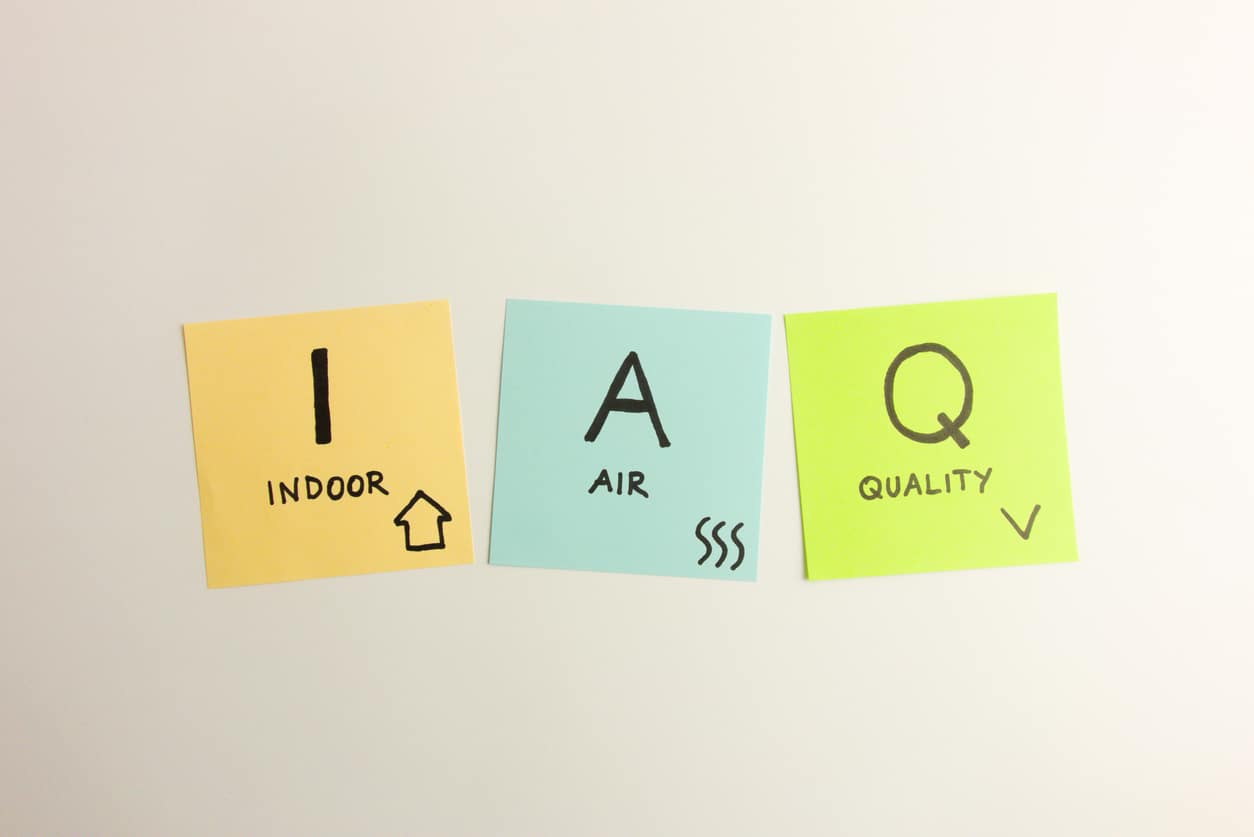Learn how to troubleshoot AC problems in this guide from 1st Class Heat & Air. We offer 10% off AC repair and have the skills to get the job done right!
Feeling the summer heat yet? Are you in need of the perfect air conditioner? Learn everything you need to know about them here including 8 different classifications that may fit your home preference. Since there are many types of air conditioners it is best to know their pros and cons before you decide on one. So without further ado, here are the 8 types of A/C units you can buy.
Need The Best A/C For Your Needs & Want It Installed For You? Call 1st Class Heat & Air Today and get their professionally trained and certified HVAC techs to come out and do a survey. #972-673-0408
8 Types Of Air Conditioners
1. Window Air Conditioners
– The window air conditioner is sometimes referred to as a room air conditioner as well. It is the simplest form of air conditioning system and is mounted on windows or walls, hence the name. It is a single unit that is assembled in a casing where all the components are located.
This refrigeration unit has a double shaft fan motor with fans mounted on both sides of the motor. One at the evaporator side and the other at the condenser side.
This type of HVAC could be maximized in studio type units and 20-30sqm store units.
2. Central Air Conditioning
– Central air conditioning (or central A/C) is a system in which air is cooled at a central location and distributed to and from rooms by one or more fans and ductwork. The work of the air conditioner compressor is what makes the whole process of air conditioning possible. The compression of the refrigerant gas enables it to discharge heat out of the house, which is how the cool air is created.
– Types of Central Air conditioners –
* Split System
– In a split-system central air conditioner, an outdoor metal cabinet contains the condenser and compressor, and an indoor cabinet contains the evaporator. In many split-system air conditioners, this indoor cabinet also contains a furnace or an air handler. The air conditioners evaporator coil is installed in the cabinet or main supply duct of this furnace or heat pump. If your home already has a furnace but no air conditioner, a split-system is the most economical central air conditioner to install.
* Package Unit
– In a packaged central air conditioner, the evaporator, condenser, and compressor are all located in one cabinet, which usually is placed on a roof or on a concrete slab next to the house’s foundation. Air supply and return ducts come from indoors through the home’s exterior wall or roof to connect with the packaged air conditioner, which is usually located outdoors. Packaged air conditioners often include electric heating coils or a natural gas furnace.
Get A/C Maintenance For As Low As $49 Call 1st Class Heat & Air Today #972-673-0408
3. Portable Air Conditioners
– A portable air conditioner (PAC) is a self-contained portable system ideal for cooling single rooms. They typically sit on the floor and come with an installation kit for a quick set up. Most models also have wheels so you can move them to different rooms, making them a nice alternative to window units.
4. Through-the-wall Air Conditioners
– Through-the-wall air conditioners are self-contained units that quickly cool rooms and other spaces. They’re similar to window ACs but are installed through an exterior wall and use a wall sleeve for support. Installing a thru-wall AC in your living room, bedroom, or office is an efficient way to keep you cool and comfortable all year. Most new models do more than just cool; they’re packed with multiple modes and energy-efficient, convenient features.
5. Ductless Split System Air Conditioners
– A ductless mini-split air conditioner is an excellent solution for indoor gardeners seeking to ensure their grow room remains a closed system while providing good temperature control and reducing utility usage.
Whether You Need A Brand New A/C Unit Installed or Need A Tune-Up On An Old One, 1st Class Heat & Air Has You Covered! Call Us Today 972-673-0408.
6. Packaged Terminal Air Conditioners
– The packaged terminal air conditioner is a self-contained air conditioner system that is commonly used in motels, apartments, and smaller buildings in North America. It is mounted on the wall or window with a ventilation option that brings fresh air from outside of the building and is individually controlled.
7. Evaporative or “Swamp” Coolers
– Swamp coolers are an effective method for cooling indoor spaces. However, this is dependent on the natural climate you are living in. Thus, understanding how evaporative air coolers work will help you decide if this is the right cooling solution for you.
Evaporative cooling occurs naturally all around us. For example, you feel it when you step out of a pool on a hot day and immediately feel a chill. These cooling effects occur because as dry air passes over water, the dry air will absorb some of the water. This absorption occurs when the temperature and vapor pressure of the water attempt to equalize with the air. As a result, water molecules turn into gas molecules and heat switches from the higher air temperature to the lower water temperature. Since the air circulates naturally, the area around it is cooled. To consistently cool your home, residential evaporative air coolers build on this natural phenomenon, using a fan to draw warm, stale air inside the unit, where it passes over water-moistened pads to be cooled.
– Types of Evaporative or “Swamp” Coolers –
* Residential Evaporative Coolers.
– A residential evaporative cooler is a great cooling solution for cooling your single living spaces.
* Industrial Evaporative Coolers.
– For heartier jobs such as cooling patios, decks, garages, workshops, and other large areas.
8. Geothermal Heating and Cooling
– Geothermal cooling is a type of renewable energy system that moves heat from a building to below the earth’s surface, using the ground as a heat sink. Systems based on geothermal energy cool in much the same way that they heat, moving hot air through a geothermal heat pump or through air-to-liquid transfer. In the case of cooling, geothermal systems move heat from above ground to the cooler environment 20 feet under the earth’s surface. Water circulated through a geothermal loop carries heat below the earth’s surface, where it is absorbed into the ground; the cooled water is then carried back up to regulate the higher ambient temperature. Due to the mass of the earth below, geothermal systems can cool even intense sources of heat.
Geothermal cooling is used in green data centers and various industrial environments with almost no power use, no carbon production, and no water used but that which exists within the closed system.
For fast, reliable AC & Heating repair, service, installation, or sales, contact the professionals at 1st Class Heat & Air. We offer after-hours AC repair and can provide help for AC compressor failure seven days per week. Call us today at 972-673-0408 .

